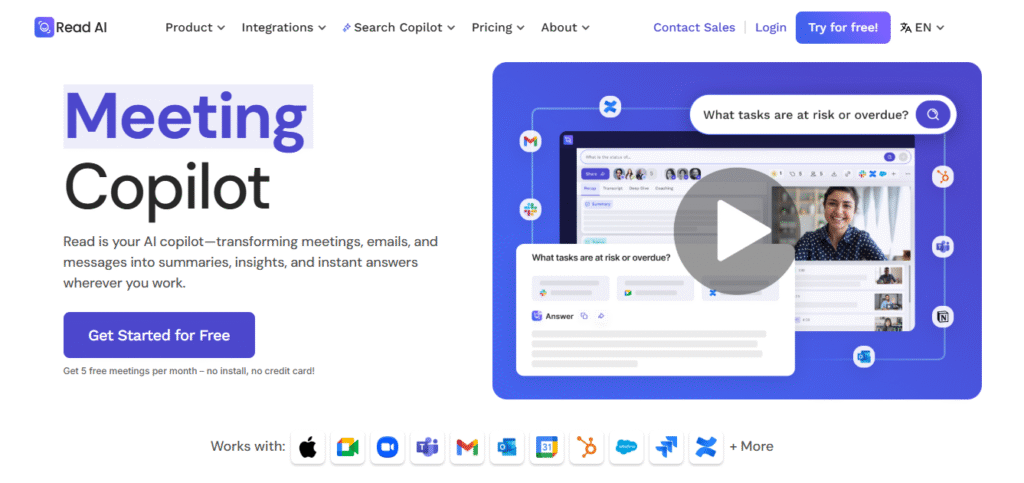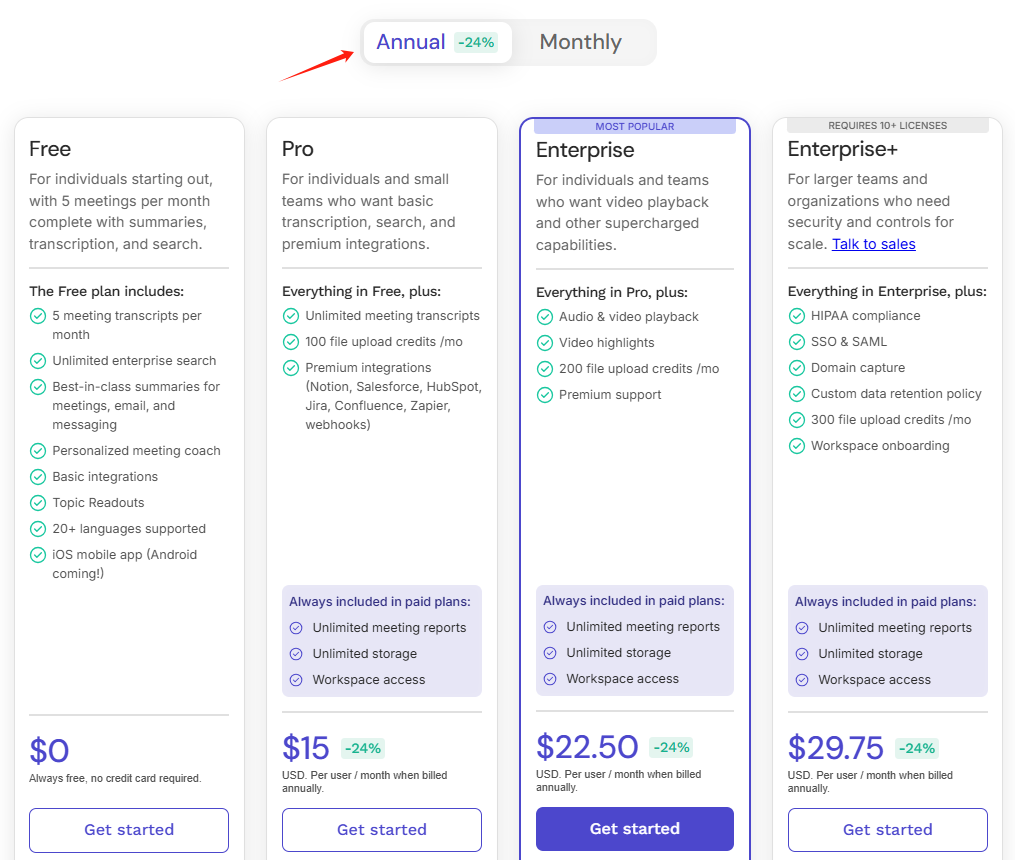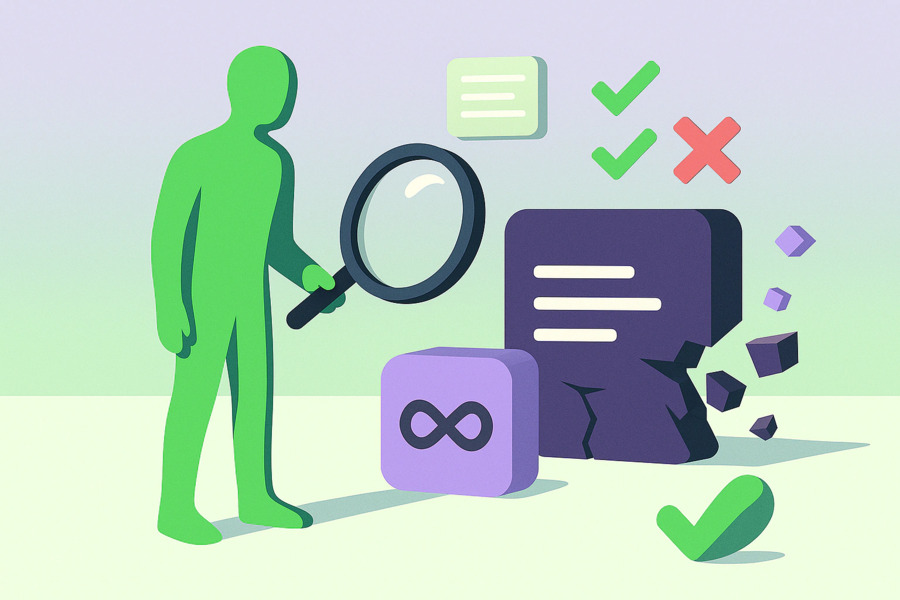Are you tired of spending more time taking meeting notes than actually participating in discussions? You’re not alone. The average professional wastes countless hours on meeting administration instead of meaningful collaboration.
In this comprehensive Read AI reviews analysis, we’ll explore how this innovative platform is revolutionizing virtual meetings. Get ready to discover how artificial intelligence can give you back your most precious resource: time.
What is Read AI?
Read AI positions itself as your intelligent meeting companion—the always-attentive colleague who never misses a detail. But what exactly does this mean for your daily workflow? This AI-powered assistant joins your virtual meetings on platforms like Zoom, Microsoft Teams, and Google Meet, then works behind the scenes to capture, analyze, and transform conversations into structured, actionable information.

The magic happens through sophisticated technology that goes far beyond simple transcription. Read AI understands context, identifies speakers with impressive accuracy, and distinguishes between casual conversation and critical decisions. Think of it as having a super-organized assistant who not only takes flawless notes but also understands what matters most in every discussion. This capability makes it particularly valuable for teams juggling multiple projects across different time zones and languages.
What sets Read AI apart from basic recording tools is its ability to process information intelligently. It doesn’t just transcribe words—it comprehends them, organizing discussions into logical sections and highlighting key moments. The platform supports an impressive 16 languages, making it a truly global solution for international teams. The best part? It integrates seamlessly into your existing workflow without requiring you to change your meeting habits or platforms.
Key Features of Read AI
1. Workspaces for Ultimate Organization
One of Read AI’s standout features is its Workspaces functionality, which addresses a common pain point for professionals: meeting chaos. Instead of dumping all your meetings into one endless chronological list, Workspaces lets you organize discussions by project, client, team, or any other category that makes sense for your business. This means you can quickly locate specific decisions or action items from months ago without the frustrating search through disorganized notes.
The practical benefits of this organizational structure are immediately apparent. Imagine needing to reference a budget discussion from a client meeting three months prior. Instead of scrolling through countless transcripts, you navigate directly to that client’s workspace and find exactly what you need. This intelligent categorization adapts to your business logic rather than forcing you to adapt to rigid software limitations, making information retrieval surprisingly effortless.
2. Your 24/7 AI Meeting Assistant
The true “wow factor” of Read AI emerges through its AI assistant capabilities. This feature transforms your meeting data from static notes into an interactive knowledge base. Need to recall a specific detail? Instead of manually scanning through transcripts, you can simply ask the assistant questions like “What was the deadline agreed upon for the marketing campaign?” and receive instant, precise answers drawn directly from your meeting content.
Beyond simple Q&A functionality, the assistant automatically generates action items, identifies decision points, and creates concise summaries perfect for quick updates. This transforms verbal agreements into clear, accountable tasks with assigned owners and deadlines. The system essentially bridges the gap between conversation and execution, ensuring that important discussions don’t get lost in translation between meeting rooms and actual work.
3. Smart Scheduler That Actually Works
We’ve all experienced the meeting scheduling dilemma—the endless back-and-forth emails trying to find a time that works for everyone. Read AI’s Smart Scheduler tackles this productivity killer head-on by intelligently analyzing participants’ calendars and suggesting optimal time slots. But it goes beyond simply finding empty spaces—it considers factors like minimizing disruptions to deep work periods and maximizing likely attendance.
The scheduling feature represents one of those quality-of-life improvements that teams quickly wonder how they ever lived without. By eliminating the administrative headache of coordination, it returns valuable time to your day and reduces the friction that often delays project kickoffs and important discussions. The system learns from your scheduling patterns and preferences, becoming more helpful with each use.
4. Privacy-First Approach
In an era of increasing data concerns, Read AI’s privacy-first architecture provides necessary reassurance for businesses handling sensitive information. The platform employs robust encryption for all stored meeting data and maintains transparent policies about data usage. You maintain complete control over what information is shared and with whom, building trust through clarity rather than complicated legalese.
This commitment to security makes the tool viable for enterprises and teams discussing confidential projects. Unlike some consumer-grade transcription services, Read AI understands that business conversations often contain proprietary information, competitive intelligence, and sensitive data that requires careful handling. The platform’s design reflects this understanding through both its technical safeguards and its straightforward privacy controls.
5. Seamless Ecosystem Integration
A tool’s value often lies in how well it connects with your existing workflow rather than how many features it boasts. Read AI excels here through its deep integrations with the tools you already use. Beyond the expected compatibility with major video conferencing platforms, it connects with popular project management applications like Slack, Asana, and others in your productivity stack.
These integrations create a smooth transition from discussion to action. Meeting-generated tasks can automatically populate your project management tools, and summaries can post directly to relevant team channels. This eliminates the manual work of transferring information between systems—a small but cumulative time savings that significantly boosts team efficiency over weeks and months of use.
Read AI Pros and Cons
The Advantages
- Significant productivity boost by AI note-taking, transcription, and summarization tasks, freeing mental energy for active participation
- Improved meeting engagement as participants can focus on discussion rather than frantic note-taking
- Streamlined post-meeting workflows through seamless integration with project management and communication tools
- Strong privacy protections with encryption and user-controlled data sharing settings
- Scalable structure that grows from individual use to enterprise-level deployment
- Unique engagement analytics that provide insights into meeting effectiveness and presentation quality
- Multi-language support for global teams operating across different regions
The Limitations
- Initial learning curve for maximizing advanced features like Workspaces and the AI Assistant
- AI interpretation limitations that occasionally require human verification for critical decisions
- Limited customization options for report formatting and visual presentation
- Internet dependency for real-time transcription and processing capabilities
- Subscription cost that may be prohibitive for very small teams or individual users
Read AI Pricing
Read AI offers a tiered pricing structure designed to accommodate different user types, from solo professionals to large enterprises.

The Free plan provides a generous introduction with 5 monthly meeting reports, basic transcription, and action item tracking—perfect for testing the waters before committing.
The Pro plan, priced at $15 monthly, unlocks unlimited meetings, Workspaces for organization, and detailed team reporting capabilities. This tier suits power users and small teams serious about implementing Read AI across their meeting culture.
For growing businesses, the Business plan at $22.50 per month adds crucial features like meeting playback with audio and video recordings, chapter annotations, and advanced analytics for measuring meeting effectiveness.
3 Best Read AI Alternatives
While Read AI provides a robust and unique set of features, the AI meeting space is competitive. It’s smart to compare options to ensure the best fit for your specific needs.
- Otter.ai: One of the most popular transcription and summarization tools. Otter excels with its strong emphasis on real-time captioning and a clean, user-friendly interface, often favored by users whose primary need is accurate transcription.
- Fireflies.ai: This is another highly capable AI-powered meeting assistant with a deep focus on note-taking and robust task management. Fireflies is known for its ability to search across all your meetings and its powerful integration marketplace.
- Avoma: Positioned as a comprehensive Meeting Intelligence Platform, Avoma goes a step further. It integrates scheduling, recording, transcription, and sales/coaching analytics—making it a strong choice for sales and customer success teams who need to analyze conversational insights.
Final Thoughts on Read AI Reviews
After examining various read AI reviews, it’s clear this tool is a major leap forward in meeting productivity. It successfully transforms meetings from administrative burdens into focused, strategic sessions by automating the tedious parts.
While there’s a slight learning curve and the AI’s interpretations sometimes need a human glance, the benefits are substantial. The sheer amount of time saved on note-taking and organizing action items alone often justifies the investment.
If your goal is to reclaim focus, enhance team accountability, and ensure meeting discussions actually lead to action, then Read AI reviews suggest it’s a solution worth serious consideration. The free plan offers a perfect, no-risk way to experience how it can upgrade your team’s collaboration from a chore to a strategic advantage.



